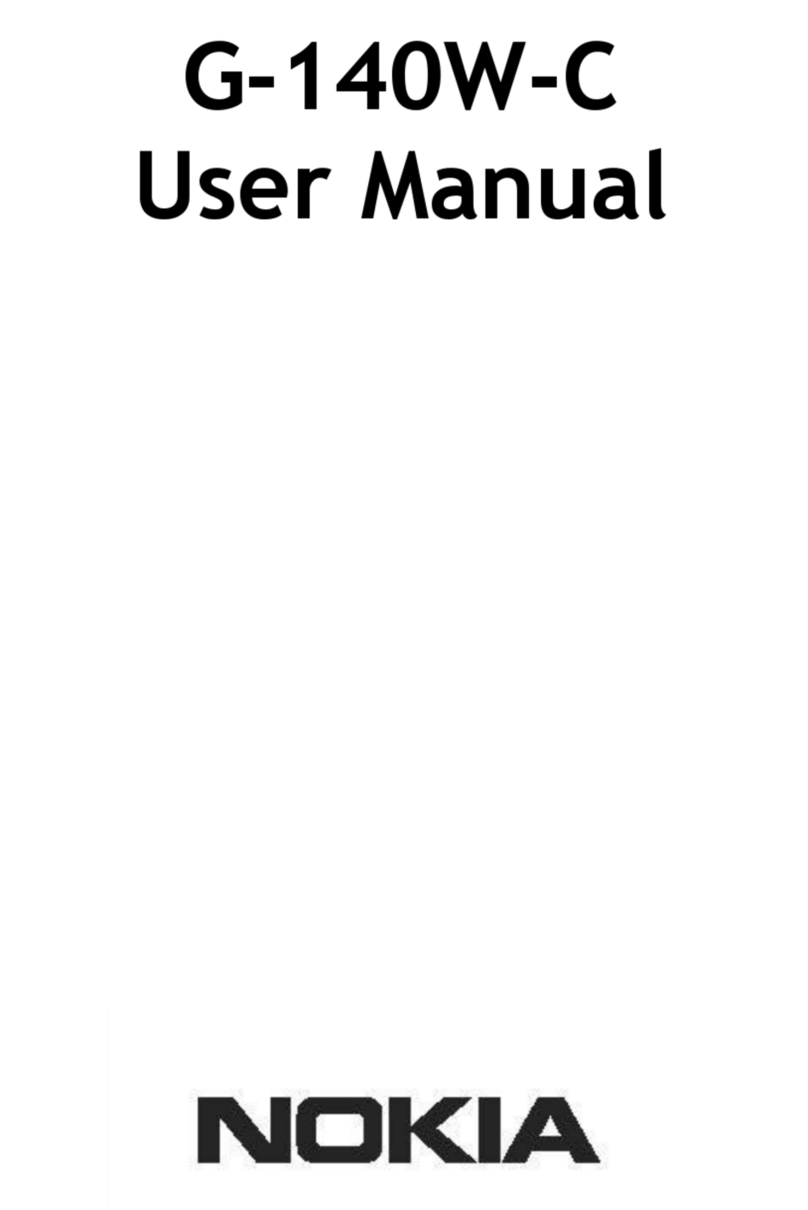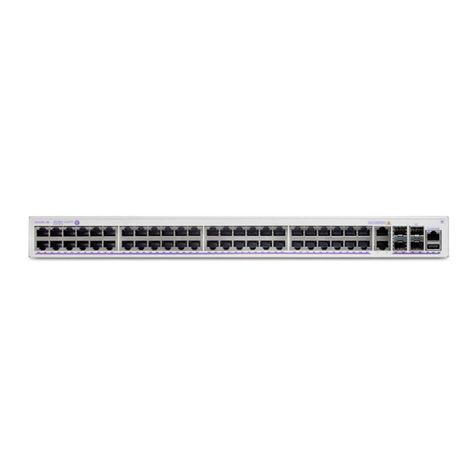
7210 SAS-M, T, R6, R12, Mxp, Sx, S Basic System
Configuration Guide
4© 2021 Nokia.
Use subject to Terms available at: www.nokia.com
3HE 17358 AAAB TQZZA
3 File System Management.............................................................89
3.1 The File System.........................................................................................89
3.1.1 Compact Flash Devices.............................................................................89
3.1.2 USB Storage Device..................................................................................91
3.1.3 Storage Locations for Accounting, Logs, Index File, and Images .............92
3.1.4 Configuration Guidelines for Storing the TiMOS, boot.tim, bof.cfg,
ndx, sdx, and nvsys.info File .....................................................................93
3.1.5 URLs..........................................................................................................94
3.1.6 Wildcards...................................................................................................95
3.2 File Management Tasks ............................................................................96
3.2.1 Modifying File Attributes ...........................................................................96
3.2.2 Creating Directories...................................................................................97
3.2.3 Copying Files.............................................................................................97
3.2.4 Moving Files ..............................................................................................98
3.2.5 Removing Files and Deleting Directories ..................................................99
3.2.6 Displaying Directory and File Information..................................................99
3.3 File Command Reference........................................................................101
3.3.1 Command Hierarchy................................................................................101
3.3.1.1 Configuration Commands........................................................................101
3.3.2 Command Descriptions ...........................................................................101
3.3.2.1 Configuration Commands........................................................................101
4 Boot Options ...............................................................................115
4.1 System Initialization.................................................................................115
4.1.1 Contents of Factory-shipped 7210 SAS Systems ..................................117
4.1.2 System Boot Option Modes.....................................................................117
4.1.2.1 Auto-init Mode .........................................................................................118
4.1.2.2 Manual Mode ..........................................................................................121
4.1.3 Bootstrap Load Process ..........................................................................122
4.1.4 7210 SAS Boot Options and Procedures ................................................124
4.1.4.1 System Boot Options on 7210 SAS-M ....................................................124
4.1.4.2 System Boot Options on 7210 SAS-T, 7210 SAS-R6, and
7210 SAS-R12.........................................................................................125
4.1.4.3 System Boot Options for 7210 SAS-Mxp, 7210 SAS-S 1/10GE,
7210 SAS-Sx 1/10GE, and 7210 SAS-Sx 10/100GE ..............................127
4.1.4.4 System Boot Options for 7210 SAS-Sx 1/10GE,
7210 SAS-S 1/10GE, 7210 SAS-Sx 10/100GE, and 7210 SAS-Mxp in
Satellite Mode..........................................................................................128
4.1.4.5 System Boot Options for 7210 SAS-Mxp, 7210 SAS-S 1/10GE,
7210 SAS-Sx 1/10GE, and 7210 SAS-Sx 10/100GE in
Standalone Mode ....................................................................................130
4.2 Configuration File and TiMOS Image Loading ........................................136
4.2.1 Boot Sequence and Image Loading ........................................................136
4.2.2 BOF Chassis-Role and Host-Type Parameters for
7210 SAS-Sx 1/10GE, 7210 SAS-S 1/10GE, 7210 SAS-Sx 10/100GE, and
7210 SAS-Mxp ........................................................................................141
4.2.3 Configuration Notes for 7210 SAS-Sx 1/10GE,
7210 SAS-S 1/10GE, 7210 SAS-Sx 10/100GE, and 7210 SAS-Mxp......144
4.3 Persistence..............................................................................................146





























